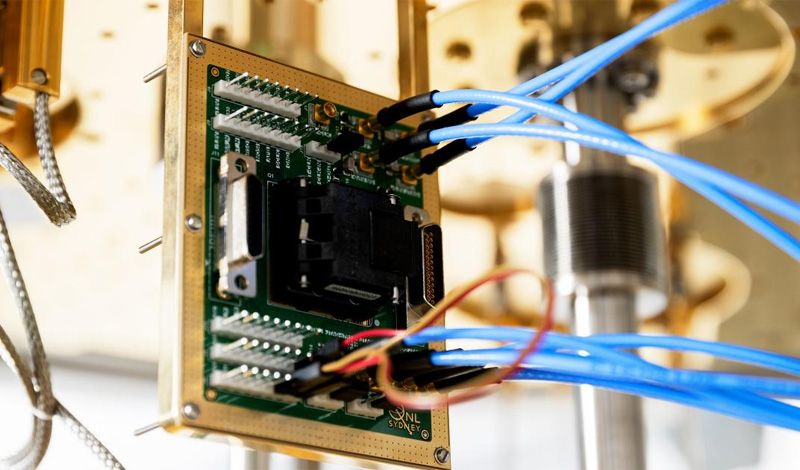How to visualize a Quantum Computation. In particular, this article presents a way to understand how superpositions work through a graphical tree.




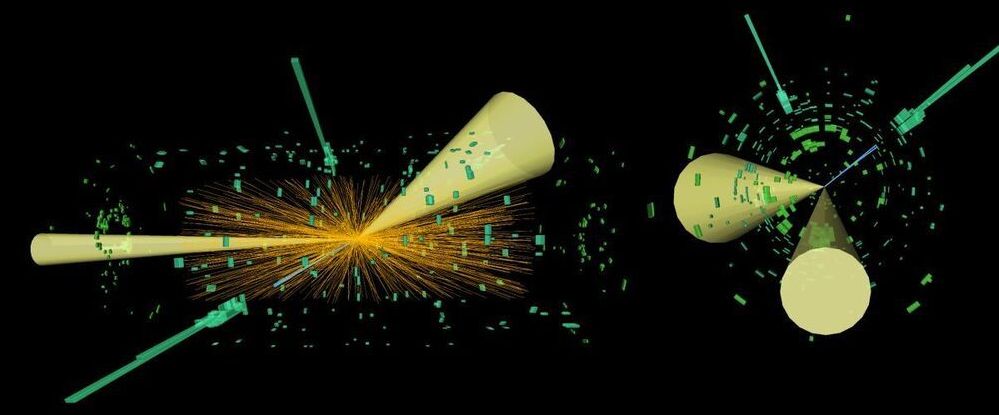
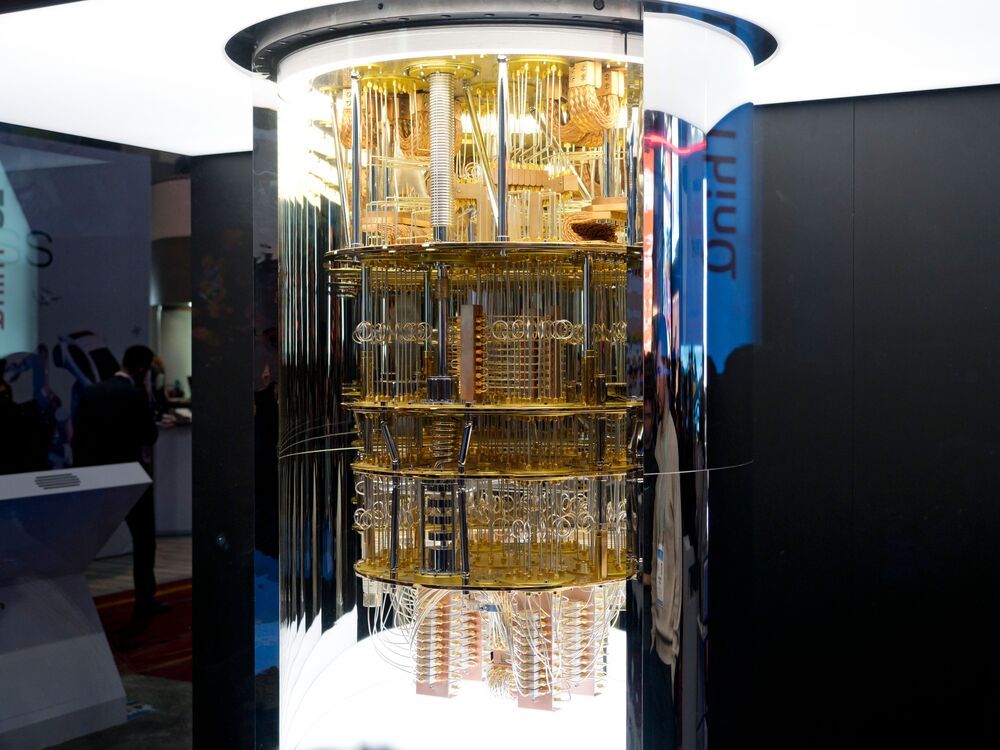
The toolset runs with Q-CTRL’s flagship BOULDER OPAL software for developers and R&D teams, automated closed-loop hardware optimization is also trained to obtain new experimental data/results from quantum computers while simultaneously running optimizations for algorithms. It can be used as a standalone tool or in tandem with a machine-learner online optimization package (M-LOOP) that manages quantum experiments autonomously.
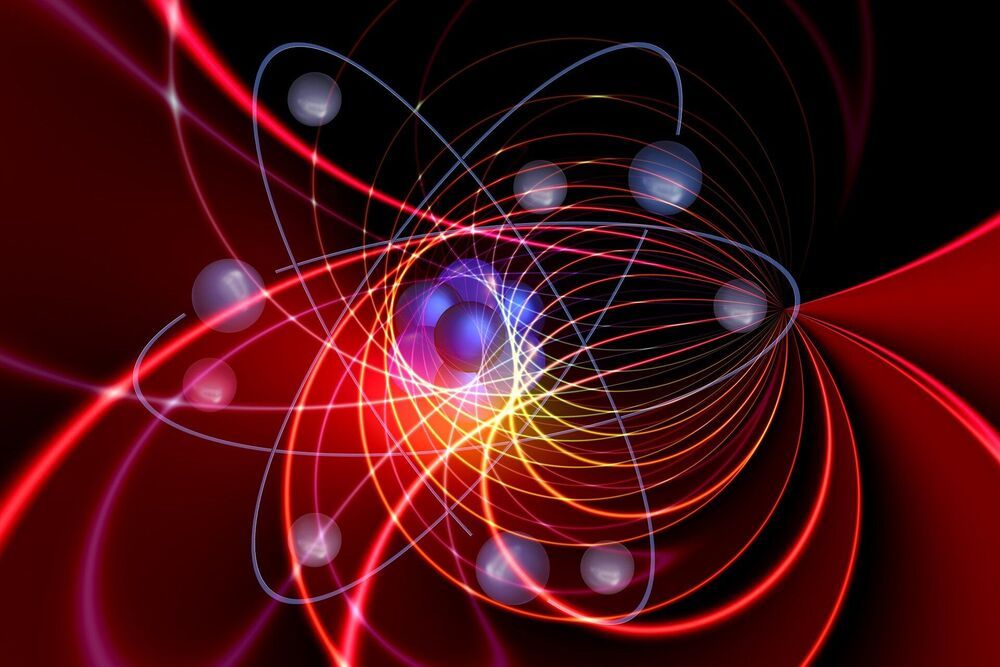
To build a universal quantum computer from fragile quantum components, effective implementation of quantum error correction (QEC) is an essential requirement and a central challenge. QEC is used in quantum computing, which has the potential to solve scientific problems beyond the scope of supercomputers, to protect quantum information from errors due to various noise.
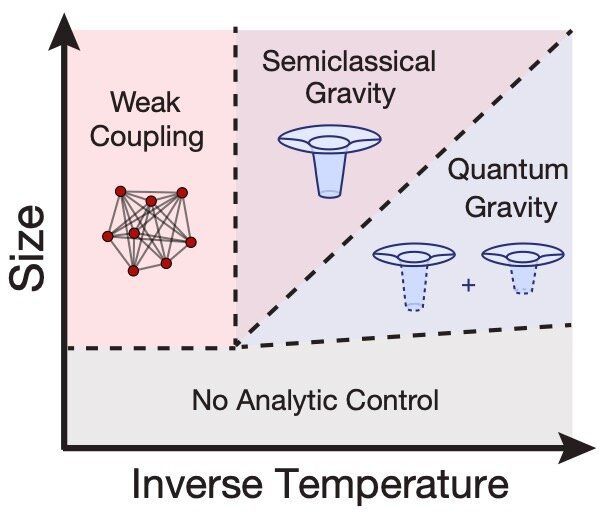
Over the past few years, many physicists worldwide have conducted research investigating chaos in quantum systems composed of strongly interacting particles, also known as many-body chaos. The study of many-body chaos has broadened the current understanding of quantum thermalization (i.e., the process through which quantum particles reach thermal equilibrium by interacting with one another) and revealed surprising connections between microscopic physics and the dynamics of black holes.

